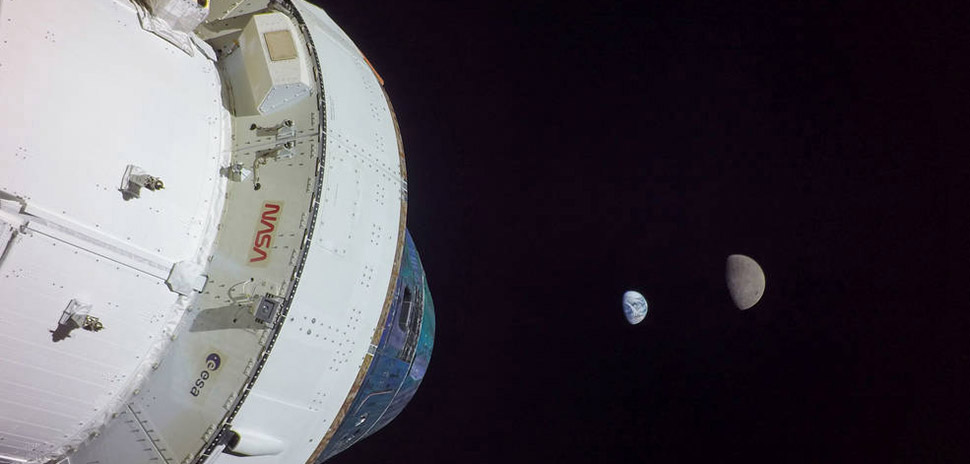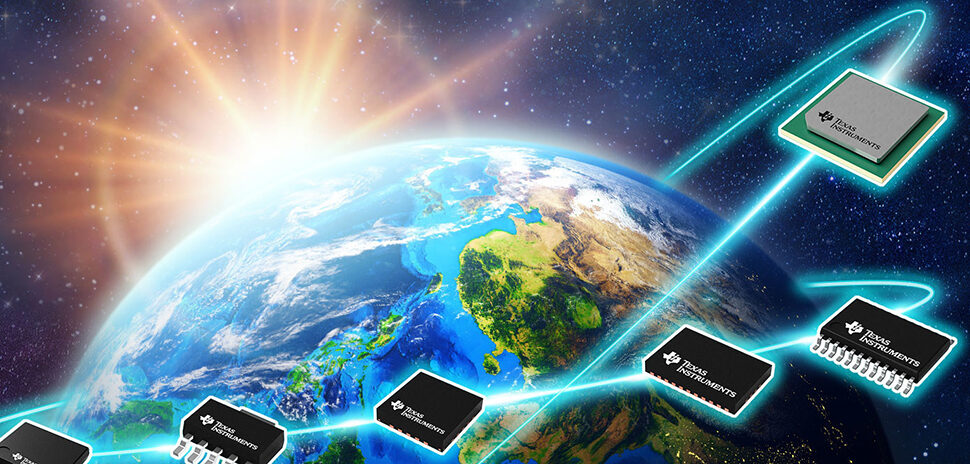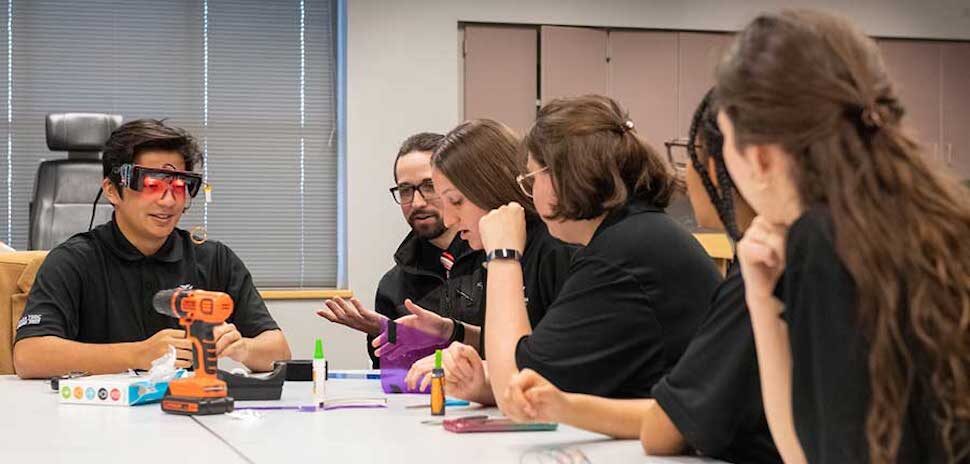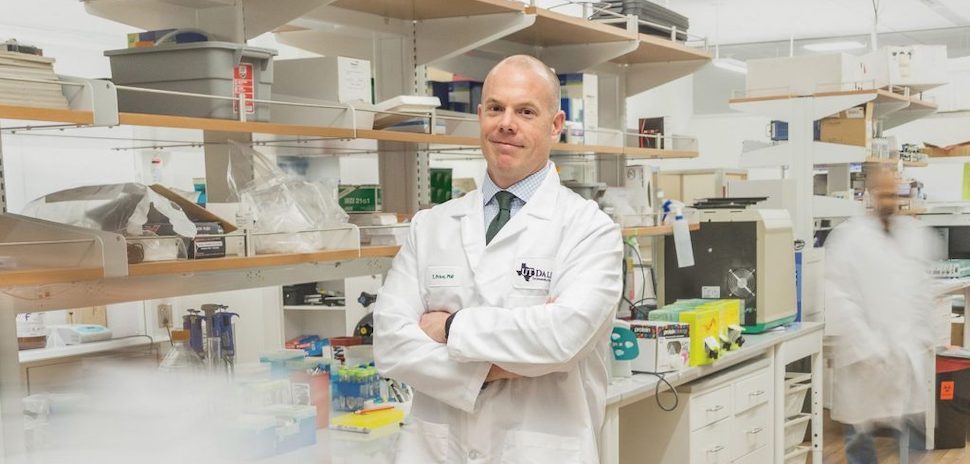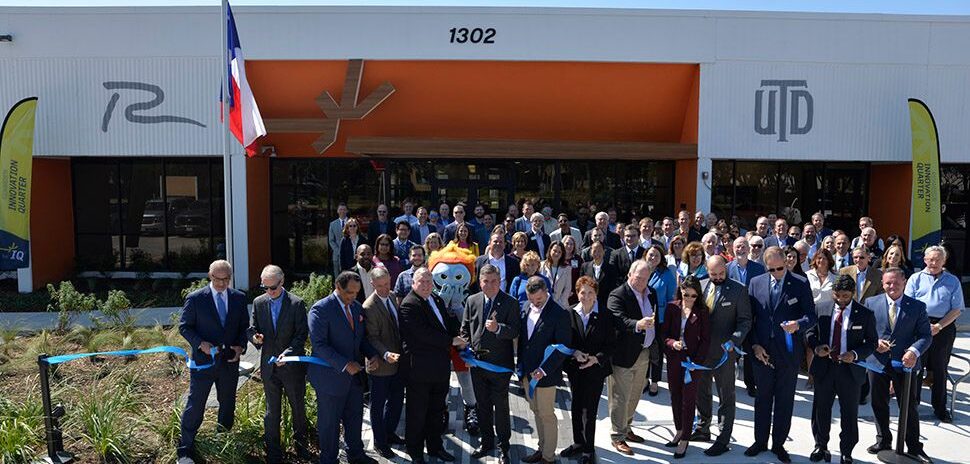Dallas-based Jacobs played a key role in the successful completion of Artemis I’s mission to orbit the moon and return to earth. The Orion spacecraft splashed down Sunday in the Pacific Ocean.
Jacobs was part of the team that supported NASA on the 1.4-million-mile, 25.5-day trip around the moon and back. Over the course of the mission, Orion traveled farther than any spacecraft capable of safely transporting humans, the company said.
“NASA’s Artemis I mission has exceeded expectations. With Orion’s successful journey and safe return to earth, this historic mission has paved the way for a new era of scientific discovery and human exploration of deep space,” Steve Arnette, EVP and president of Critical Mission Solutions at Jacobs, said in a statement. “Jacobs teams across multiple NASA centers, contracts, and programs are committed to providing innovative solutions and technologies in support of NASA’s quest to advance science and inspire the next generation of space exploration through future Artemis missions.”
With roughly $15 billion in annual revenue and a talent force of roughly 60,000, Jacobs is a global provider of engineering, technical, professional and construction services, as well as scientific and specialty consulting for a broad range of clients, including companies, organizations, and government agencies.
Supporting NASA from mission start to mission finish
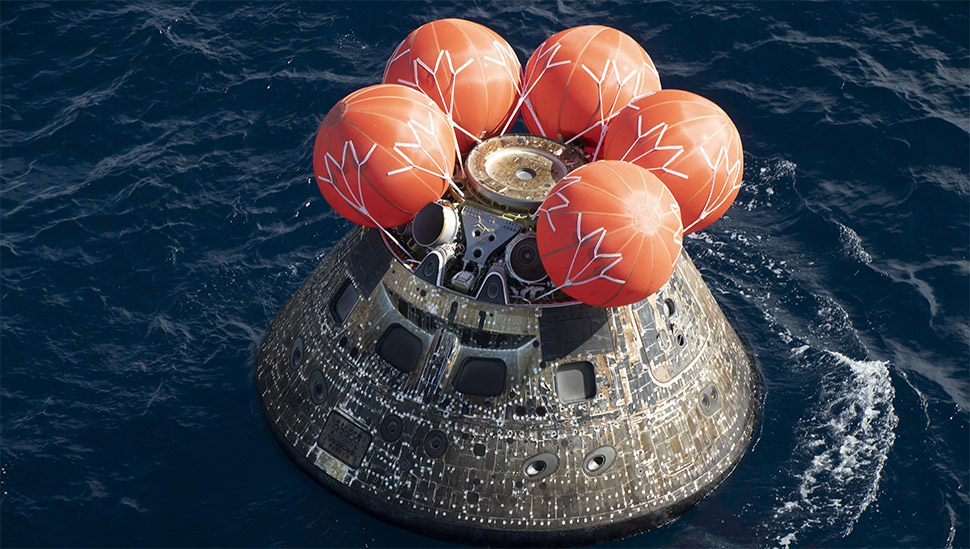
After a 25.5-day jaunt to the Moon, the Orion spacecraft for the Artemis I mission made a splashdown in the Pacific Ocean on Dec. 11, 2022. The spacecraft is expected to make landfall on Dec. 13. [Image: NASA/James M. Blair]
Powered by the Space Launch System (SLS) rocket, the uncrewed Artemis 1 test flight was a major success for the U.S. space program.
Jacobs supported NASA from start to finish, including as part of the team that recovered the craft from the ocean, the company said. Artemis I is the first test flight in a planned series of increasingly complex missions under Artemis, NASA’s deep space human exploration endeavor, intended to land the first woman and the first person of color on the moon and establish a long-term human future in deep space.
Along with the Orion recovery operations, Jacobs said it successfully executed several key roles in ensuring the safe return of the spacecraft.
From thermal protection to re-entry parachute and more
The Jacobs team at Kennedy Space Center’s Thermal Protection Systems Facility helped develop and manufacture thermal protection components to guard the spacecraft from the extreme temperature of re-entry into Earth’s atmosphere. That work includes production of numerous qualification test articles for arc jet, radiant, impact resistance, and mechanical properties, Jacobs said.
Upon successful completion of all qualification efforts, more than a thousand flight tiles and corresponding gap fillers were produced for both the top backshell and bottom heatshield of the Orion capsule, the company said.
At Johnson Space Center, a NASA and Jacobs team developed the trajectory plan for the orbital flight path of Artemis I, which took the spacecraft 268,563 miles from Earth and 40,000 nautical miles beyond the moon. That’s further into space than any other human-rated capsule in history, according to the company.
Jacobs said its engineers at JSC also developed and tested the critical Orion re-entry parachute system that slowed the capsule from an atmospheric re-entry speed of roughly 25,500 mph to 20 mph for splashdown. Jacobs said it also worked across five NASA centers to help develop and successfully test the reliability of the Orion launch abort system that’s designed to protect the crew in future missions.
Working at multiple NASA centers as the agency’s largest services contractor
Jacobs supports the SLS and Orion development at multiple NASA centers, the company said. That work includes extensive verification and validation testing of Artemis I flight components. At Marshall Space Flight Center, Jacobs said it supported NASA in completing the SLS rocket’s structural testing, a nearly three-year undertaking that qualified the structural design of multiple hardware elements for the rocket.
Jacobs is responsible for receiving all SLS and Orion flight hardware, assembling and integrating all the components, developing the launch control software, conducting final test and checkout, transporting the vehicle to the pad, supporting the launch, and helping conclude the mission with the recovery of Orion.
Jacobs is NASA’s largest services contractor and is a provider and integrator of full lifecycle aerospace capabilities, including design and construction; base, mission and launch operations; sustaining capital maintenance; secure and intelligent asset management; and development, modification and testing processes for fixed assets supporting national government, military, defense and NASA, as well as commercial space companies.
![]()
Get on the list.
Dallas Innovates, every day.
Sign up to keep your eye on what’s new and next in Dallas-Fort Worth, every day.










